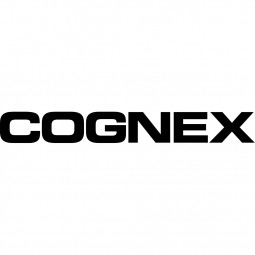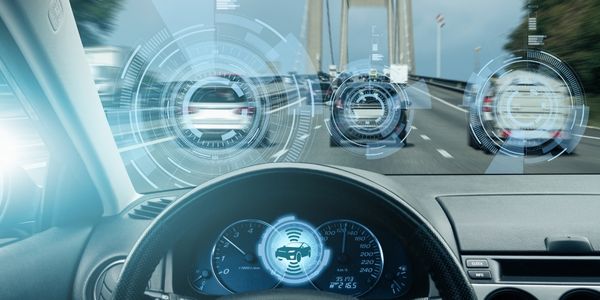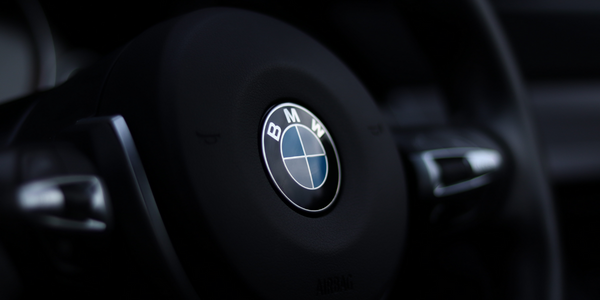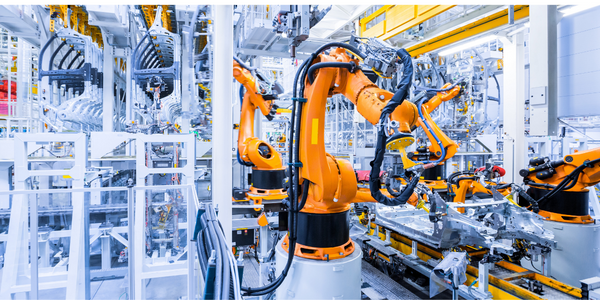
Technology Category
- Analytics & Modeling - Computer Vision Software
Applicable Industries
- Automotive
Applicable Functions
- Discrete Manufacturing
Use Cases
- Computer Vision
Services
- System Integration
The Customer
KWD Automotive
About The Customer
Auto parts manufacturer.
The Challenge
Executing the pick and place processes for simultaneous delivery and quality control of raw materials and finished components on the production line.
The Solution
KWD deploys the solution by combining Cognex's intelligent 3D-Locate image processing software, Kuka's modern robotics, and W-Plan's precision machines.
Operational Impact

Case Study missing?
Start adding your own!
Register with your work email and create a new case study profile for your business.
Related Case Studies.
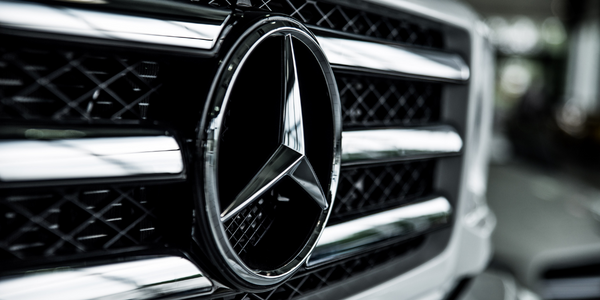
Case Study
Integral Plant Maintenance
Mercedes-Benz and his partner GAZ chose Siemens to be its maintenance partner at a new engine plant in Yaroslavl, Russia. The new plant offers a capacity to manufacture diesel engines for the Russian market, for locally produced Sprinter Classic. In addition to engines for the local market, the Yaroslavl plant will also produce spare parts. Mercedes-Benz Russia and his partner needed a service partner in order to ensure the operation of these lines in a maintenance partnership arrangement. The challenges included coordinating the entire maintenance management operation, in particular inspections, corrective and predictive maintenance activities, and the optimizing spare parts management. Siemens developed a customized maintenance solution that includes all electronic and mechanical maintenance activities (Integral Plant Maintenance).

Case Study
Monitoring of Pressure Pumps in Automotive Industry
A large German/American producer of auto parts uses high-pressure pumps to deburr machined parts as a part of its production and quality check process. They decided to monitor these pumps to make sure they work properly and that they can see any indications leading to a potential failure before it affects their process.

